Kyokushin Karate - An Incredible Fighting Style
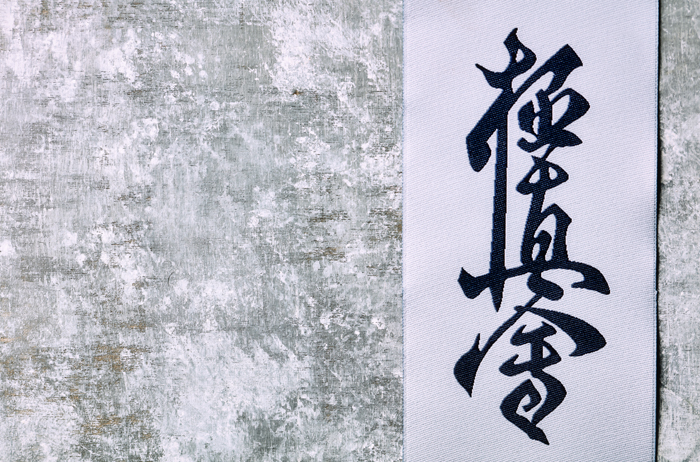
Martial arts vary in their teachings; each comes with its own philosophy, techniques, and rules. Kyokushin Karate is a style that has gained a ton of popularity in the modern era, both in combat sports and as a practiced martial art. It has gathered fame specifically for its powerful kicking techniques, intense training methods, and fighting spirit.
Kyokushin Karate has captured the hearts of martial artists across the globe and increased in popularity in recent years. In this post, I will explore the history of Kyokushin Karate and discuss its rules and training methods. Join me as I explore this fascinating Japanese martial art!
The Origins of Kyokushin Karate
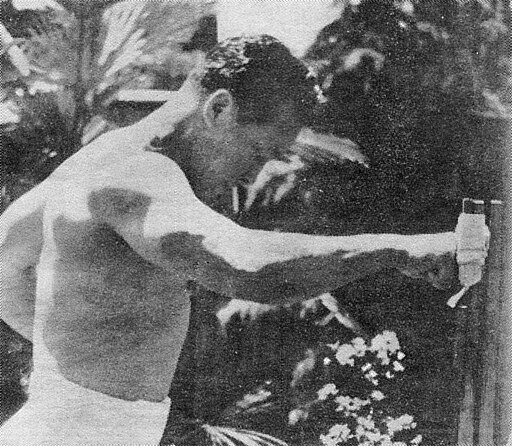
Kyokushin Karate was developed by the legendary Masutatsu Oyama, known mostly as Mas Oyama. Born in Korea in 1923, Oyama became a living legend in the world of martial arts.
In 1953, Mas Oyama opened his first dojo in a modest building situated behind Rikkyo University in Tokyo. His aim was to instruct students in the ancient Goju-ryu style of karate. This ancient style of karate became the foundation of Kyokushin Karate, Oyama’s very own martial art style.
The Kyokushin Karate style varried greatly from traditional Karate methods, as Oyama placed strong emphasis on toughening the body. He would use methods like punching and kicking trees to harden the bones, medidating under freezing cold waterfalls to strengthen the mind, and intense hill sprints and mountain climbing to develop the cardiovascular system. There was also a strong emphasis on Kumite, a simulated fighting experience known today as sparring.
Compared to other karate dojos of that time, this new style of karate was seen as a more intense training regime. In order to promote his new karate methods, Oyama spent the following decade building his organization and performing demonstrations all over the globe.
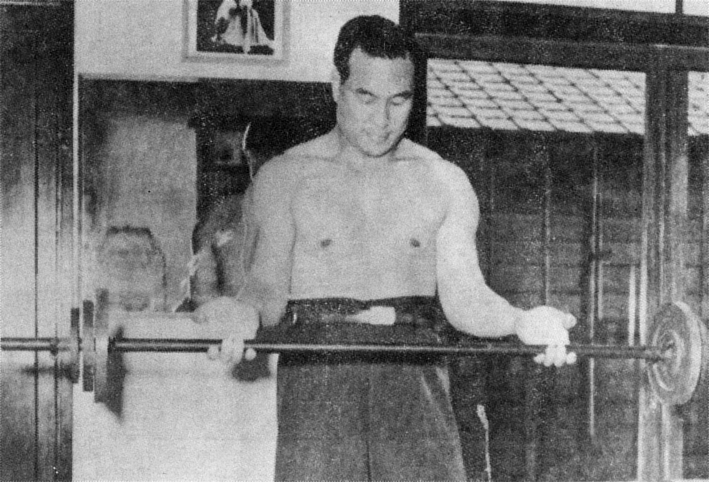
After years of training, he merged various techniques from different martial arts styles, such as Shotokan Karate, Goju-ryu, and Shorin-ryu, to create what we know today as Kyokushin Karate. The style became known for its emphasis on realistic combat, full-contact sparring, and rigorous physical conditioning. Mas Oyama called Kyokushin “The Ultimate Truth” as he wanted the martial art to be realistic and practical. This dedication to realistic fighting methods reflects on the meaning of Kyokushin.
The “International Karate Organization Kyokushin Kaikan,” or IKO for short, was founded by Mas Oyama in April 1964 as a branch of the Kyokushin Scholarship Foundation. Being formally organized with new rules and training methods to other traditional martial arts helped set Kyokushin Karate on its way to making history.
Kyokushin Karate Training

Here are some key aspects of Kyokushin Karate training:
Training
- Physical Conditioning: Kyokushin Karate training focuses on developing strength, endurance, and flexibility. This is achieved through a variety of exercises, such as running, calisthenics, and bodyweight exercises. Training sessions often involve high-intensity interval training (HIIT) to improve cardiovascular fitness.
- Basics and Techniques: Kyokushin Karate places great emphasis on mastering the basics of stances, strikes, kicks, blocks, and footwork. Each technique is practiced repeatedly to develop proper form, power, and speed. There is a strong emphasis on kicks in Kyokushin, and training to develop the power of your kicks is very common.
- Sparring: Full-contact sparring, known as Kumite, is a massive part of Kyokushin Karate training. It allows practitioners to test their skills and apply techniques in realistic combat situations. Sparring sessions involve controlled but intense contact, with a focus on delivering powerful strikes to the opponent’s body.
- Pad Work: Pad work involves striking focus mitts and kicking pads held by a training partner. It allows practitioners to develop accuracy, power, and speed in their strikes.
- Conditioning Drills Kyokushin Karate training includes numerous conditioning drills to toughen the body and increase resilience. This could involve activities like hitting heavy bags, performing push-ups and sit-ups, or enduring grueling fitness tests like hill sprints or even hitting trees and other objects to harden bones.
Kata
Kata, or pre-arranged forms, are an integral part of Kyokushin Karate. These sequences of movements are practiced alone or with a partner and help to develop balance, coordination, and precision. Depending on the Kyokushin Dojo you train at, there could be more or less emphasis on Kata.
- Taikyoku Sono Ichi: The first in a series of three basic katas, emphasizing fundamental techniques.
- Taikyoku Sono Ni: The second in the series, building upon the techniques introduced in the first kata.
- Taikyoku Sono San: The third in the series, completing the progression of fundamental movements.
- Pinan Sono Ichi (Heian Nidan in Shotokan Karate): The first of the Pinan/Heian series, emphasizing basic blocks and strikes.
- Pinan Sono Ni (Heian Shodan in Shotokan Karate): The second in the series, introducing additional movements and techniques.
- Pinan Sono San (Heian Sandan in Shotokan Karate): The third in the series, building upon the movements of the previous katas.
- Pinan Sono Yon (Heian Yondan in Shotokan Karate): The fourth in the series, introducing more advanced techniques.
- Pinan Sono Go (Heian Godan in Shotokan Karate): The fifth and final kata in the Pinan/Heian series, incorporating a variety of techniques.
- Sanchin Kata: A fundamental kata emphasizing strong stances and controlled breathing.
- Seienchin Kata: Focuses on slow, deliberate movements and is known for its tension and release techniques.
- Seipai Kata: Characterized by powerful and dynamic movements, incorporating various strikes and blocks.
- Kyokushin Seisan Kata: Emphasizes quick, explosive movements and close-range techniques.
Mental Discipline
Kyokushin Karate emphasizes mental discipline, focus, and determination. The style often teaches mental discipline as a result of focusing on forward pressure in sparring and intense training outside of sparring. Training techniques, such as meditation, also focus on mental discipline. Mas Oyama had many other philosophies that helped practitioners develop a strong mind, some of which are still practiced in dojos today.
Belt Grading System

Like other martial arts, Kyokushin Karate has a belt-grading system to track a student’s progress. However, where it differs from traditional martial arts is that students must demonstrate their endurance and fitness level, as well as their Kata.
The Kata are used to test students techniques, and the endurance test measures their physical strength and mental discipline. Most traditional martial arts only test forms and do not place as much emphasis on physical conditioning.
Kyokushin Techniques
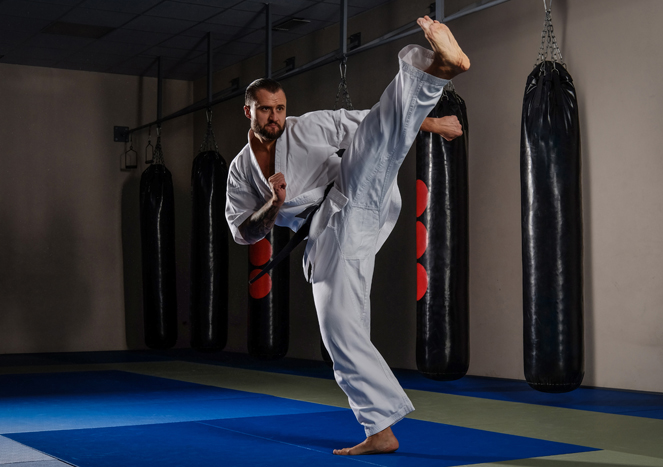
Mae Geri (Front Kick) – A straightforward front kick targeting the opponent’s midsection or face.
Oi Tsuki (Lunge Punch) – A powerful straight punch delivered from a lunging position.
Yoko Geri (Side Kick) – A lateral kick aimed at the opponent’s ribs or head.
Mawashi Geri (Roundhouse Kick) – A circular kicking motion targeting the midsection or head.
Gyaku Tsuki (Reverse Punch) – A punch thrown from the opposite hand, catching the opponent off guard.
Ushiro Geri (Back Kick) – A kick executed backward, typically used to strike an opponent behind.
Soto Uke (Outside Block) – A defensive technique involving blocking an incoming attack from the outside.
Uchi Uke (Inside Block) – A defensive move used to block attacks from the inside.
Sanchin Dachi (Hourglass Stance) – A fundamental stance providing stability and a strong base for various techniques.
Ashi Barai (Leg Sweep) – A sweeping motion aimed at the opponent’s legs to destabilize and unbalance them.
Kyokushin Karate vs Kickboxing and Muay Thai
There are some similarities between Kyokushin Karate and other popular styles, such as Muay Thai and kickboxing. However, Muay Thai includes the use of clinching, knees, and elbows, which makes it more versatile in close combat situations.
Kickboxing, on the other hand, focuses primarily on kicks and punches but has different competition rules and variations depending on the organization. Both kickboxing and Muay Thai have more variation in their combinations and more boxing techniques than Kyokushin.
Karate kicks are well respected in the world of martial arts and it is mostly because of Kyokushin. The style includes spinning hook kicks, roundhouse kicks, axe kicks, and low kicks. Kyokushin fighters are able to maneuver their kicks at very close distances, which makes them even more unpredictable.
Kyokushin Karate differs the most from kickboxing and Muay Thai because of its strict ruleset. Kyokushin Karate allows kicks to the head but doesn’t allow punching to the head, which is quite unusual amongst the three styles.
The main similarities between the three styles are the kicking techniques, which some might argue are better in Kyokushin than in Muay Thai and kickboxing.
All three styles are great and offer their own unique advantages, with kickboxing and Muay Thai being very similar and Kyokushin setting itself apart with its unique techniques.
What Are the Advantages of Kyokushin Karate?
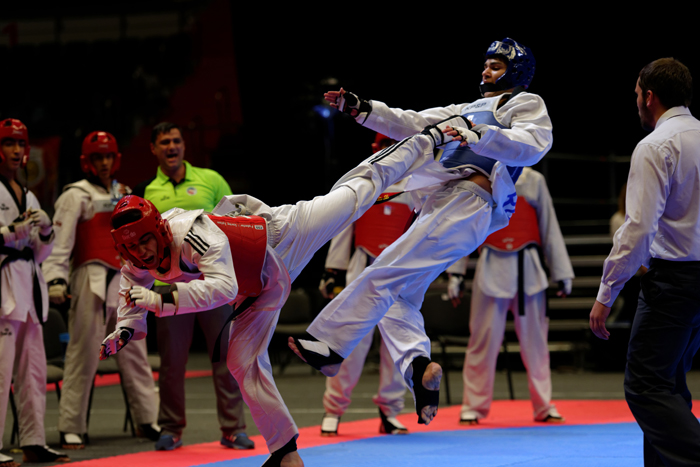
Kyokushin Karate has often been called full contact karate, and for this reason, it is seen as a more practical style of karate. The emphasis on full-contact training prepares practitioners for real-life combat situations; this is one of its main advantages when compared to other traditional martial arts.
Discipline – It stands out for its incredible dedication to discipline, strong technique, and the philosophy of continuous self-improvement.
Kicks – Kyokushin fighters are renowned for their unique and powerful kicks. It is a martial art that truly dedicates itself to mastering kicking techniques and aims to achieve maximum force with most of the kicks it utilizes.
Fundamental Techniques – Kyokushin Karate does the basic techniques well and at a very high level. It doesn’t have super flashy kicks or punches, but it does focus on perfecting martial arts technique. This makes Kyokushin an excellent martial art for learning the striking fundamentals.
Repetition – There is a famous Bruce Lee quote that comes to mind when I think of Kyokushin Karate. “I fear not the man who has practiced 10,000 kicks once, but I fear the man who had practiced one kick 10,000 times.” This means that the person who practices one kick to perfection could be a much more effective martial artist than someone who has practiced many different kicks.
This idea that practice makes perfect is something my old Kung Fu teacher often repeated in each class, and Kyokushin Karate is one of the martial arts that thoroughly employs this tradition.
What Are the Disadvantages of Kyokushin Karate?
No ground fighting – Kyokushin Karate training generally doesn’t include ground fighting techniques. This means Kyokushin Karate practitioners are at a disadvantage in situations where the fight goes to the ground.
Strict competition rules – Kyokushin Karate competitions have strict rules that prohibit certain techniques aiming at vulnerable areas like the groin, head, and spine area, and elbow or knee strikes to the face. Although most martial arts have rules prohibiting these areas, Kyokushin Karate also prohibits punches to the face. These rules are in place to ensure safety in combat sports, but they can limit the effectiveness of certain techniques and may not fully prepare practitioners for real-life self-defense situations.
High physical demands – Kyokushin Karate training requires a high level of physical fitness and conditioning. This can be challenging for individuals who are new to martial arts or have a lower level of fitness. It may take time to build up the necessary strength, endurance, and flexibility to fully engage in Kyokushin Karate training.
Forward pressure – The Kyokushin style of Karate prides itself on toughness and forward attack, which means it might not be the best martial art for self-defense as it doesn’t cover all aspects of fighting.
These disadvantages can vary depending on the specific dojo, the instructor, and your own goals as a martial artist. With proper training, you can still benefit greatly from practicing Kyokushin Karate, and it is definitely one of the best martial arts out there.
Is Kyokushin Karate Effective for Self-Defense?
Kyokushin Karate can be very effective in self-defense situations as it emphasizes practical techniques, full-contact sparring, and a strong focus on physical conditioning. All of these attributes are useful in self-defense situations.
However, it does have some limitations, such as a basic understanding of boxing skills and no ground fighting. Combining Kyokushin with other martial arts can broaden a practitioner’s skill set. However, Kyokushin Karate is still a great martial art when it comes to self-defense.
What is a Kyokushin Kumite?
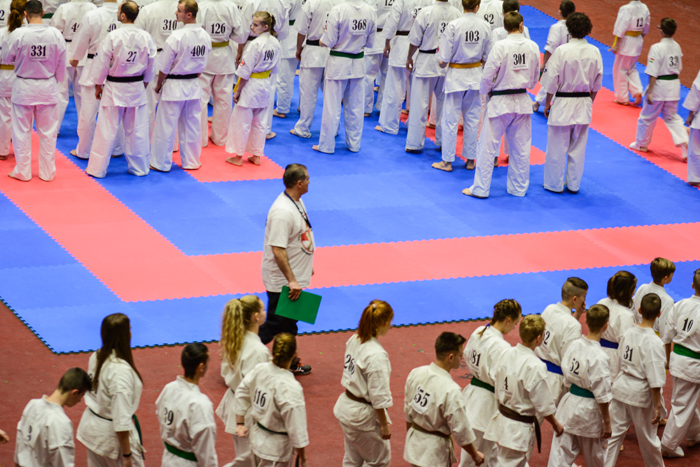
Kyokushin Kumite is a real fighting tournament for practitioners of the style. The word kumite gained notoriety amongst martial arts fans from the famous movie Bloodsport, starring Jean Claude Van Damme. Of course, this movie is fictional, and a real Kyokushin kumite has no real resemblance to the kumite shown in the famous Bloodsport movie.
There is another kind of Kyokushin Kumite, and that is the 100-man Kumite. This was invented by Mas Oyama as the ultimate test of a practitioner’s fighting spirit and abilities. Although a 100-man Kumite is fairly uncommon these days,.
Generally, the rules of a Kyokushin kumite, the full-contact sparring aspect of Kyokushin Karate, can vary slightly depending on the tournament or organization. Here is a general summary of commonly found rules in Kumite:
A Kyokushin Kumite is full-contact, meaning practitioners aim to strike their opponents with maximum force and effectiveness.
- Target Areas: Strikes are permitted to the body (excluding the head), midsection, and legs. Open-hand techniques to the face are allowed, but punches to the head are generally prohibited.
- No Strikes to the Head: In most Kyokushin Kumite competitions, direct punches to the head are not allowed, but kicks to the head are permitted.
- No Strikes to the Groin: Striking or targeting the groin area is strictly forbidden.
- No Strikes to the Back: Attacks to the back of an opponent are not permitted.
- No Grabbing or Throwing: Techniques involving grabbing or throwing an opponent are generally not allowed in Kyokushin Kumite.
- Protective Gear: Practitioners wear gloves, shin guards, and mouthguards to protect themselves during sparring. Groin protection may also be used.
- Scoring: Points are awarded for effective strikes in permitted target areas. Kicks usually score higher than punches.
- Referee Decisions: A referee oversees the match and has the authority to stop the fight if they determine a competitor is unable to continue safely.
- Time Limits: Matches are typically limited to a specific time duration (e.g., 2-3 minutes), and the competitor with more points at the end of the time wins. In some cases, a knockout or a competitor’s withdrawal will decide the outcome of the match.
- Spirit and Etiquette: Kyokushin Kumite emphasizes sportsmanship, respect, and discipline. Bowing to opponents and showing respect to the referee are essential aspects of etiquette.
Kyokushin in Combat Sports
Kyokushin has gained a reputation for its practicality over the last few years, and many professional MMA fighters and kickboxers have started to incorporate Kyokushin into their style. Some fighters even started off with a Kyokushin background and have built their fighting career in the Kyokushin style. Some great Kyokushin fighters are Hajime Kazumi, Andy Hug, and Francisco Filho. These are just a few fighters who have built a career through the great martial art of Kyokushin Karate.
An organization that has dedicated itself to karate is called Karate Combat. Many of the fighters at Combat Karate have a Kyokushin Karate background and use it in their professional fighting careers. This clearly displays the practicality of martial art and their use in combat sports.
What Is the Difference Between Shotokan Karate and Kyokushin Karate?
Shotokan Karate and Kyokushin Karate are two of the most popular martial arts styles. The two styles of karate differ quite drastically. Shotokan Karate is more akin to traditional martial arts, which focus on kata (forms) and practicing self-discipline, and other martial arts traditions, which are not as practical as Kyokushin Karate.
Kyokushin Karate focuses more on sparring training and real fighting techniques. Both karate styles are great, but Kyokushin Karate is better for real fighting situations such as tournaments and combat sports.
Summary
The legacy of Mas Oyama has created a self-defense system and fighting style from the roots of traditional karate. His aim to evolve karate into a practical fighting system has flourished in modern times, with people all around the world practicing Kyokushin karate. It is a martial art that is not only existing today but is also being used in sports, and Kyokushin Karate is currently expanding throughout the world.
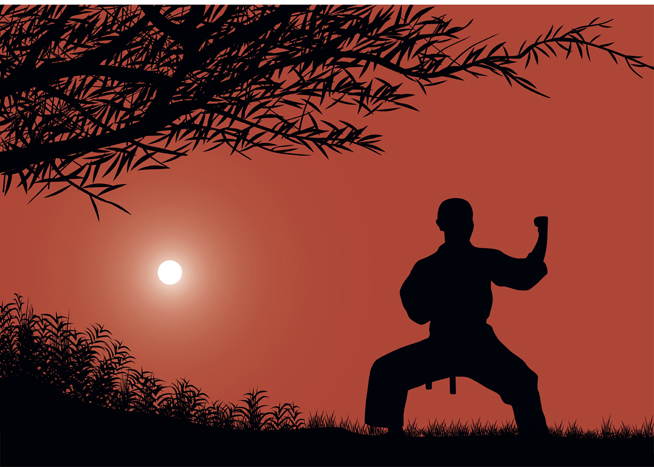

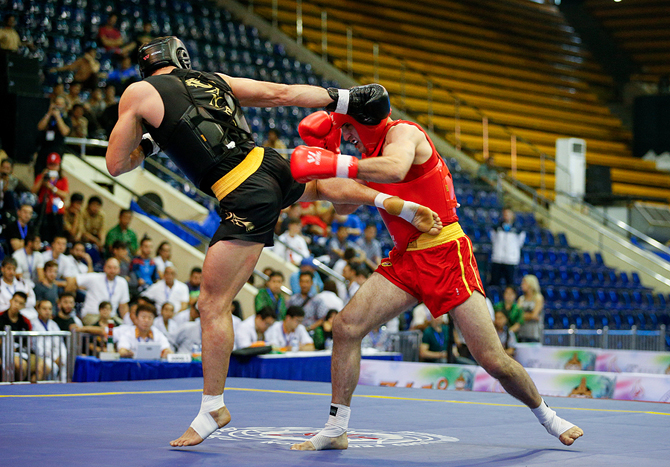
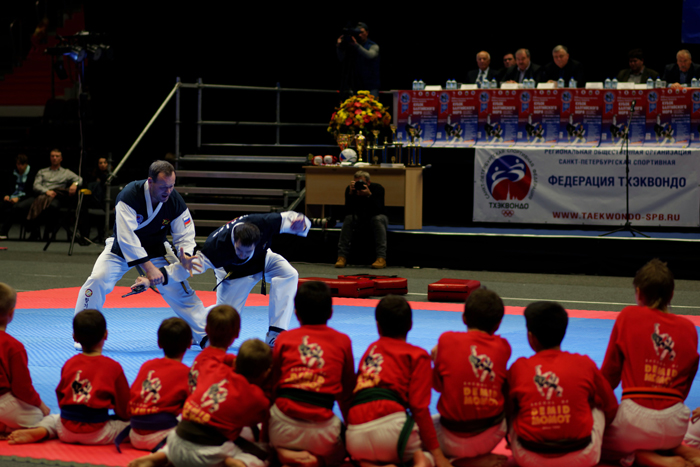
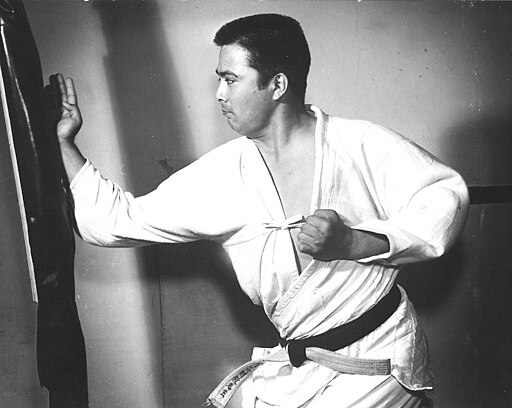
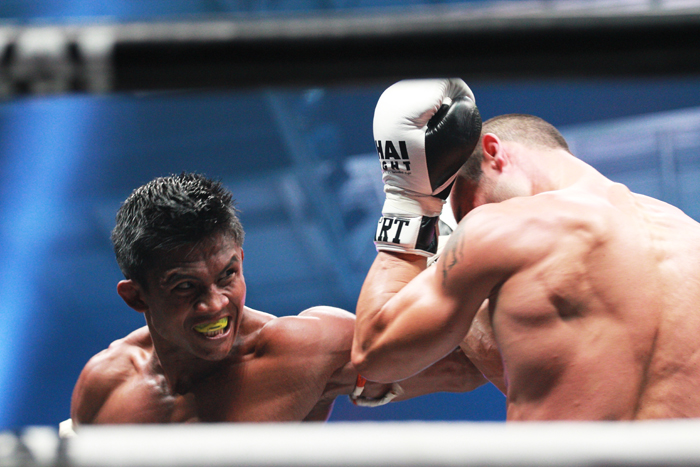

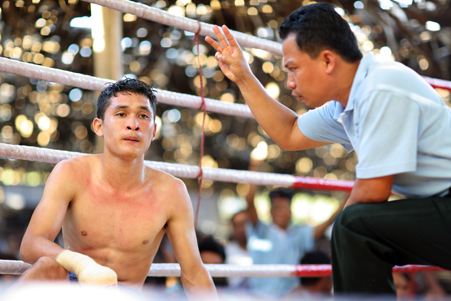
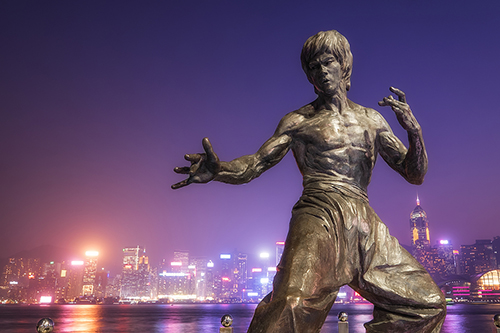
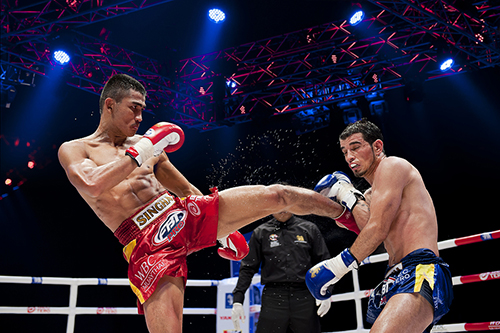
Pingback: Kenpo Karate - The Ultimate Guide
Pingback: The Ultimate Guide to Dutch Kickboxing